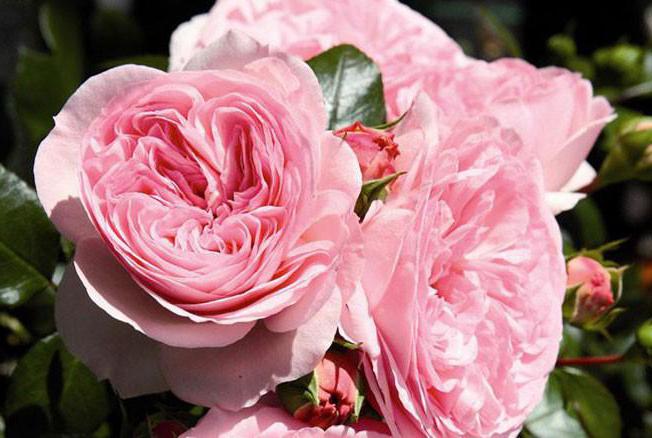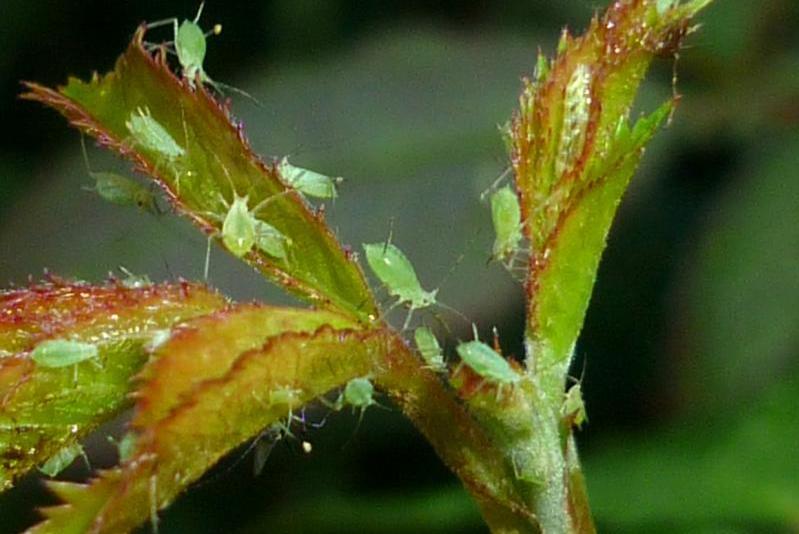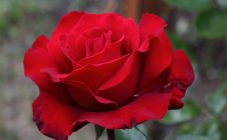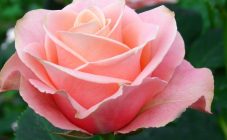Content:
All over the world, gardeners plant roses. Breeders are constantly developing new varieties of these flowers. They have improved properties. One of the latest achievements is the rose Maria Theresia.
Description of the rose
Rose Maria Theresa originated in Germany. Scientists obtained this hybrid in 2003. Then the species spread throughout Europe and Asia. In Russia, this variety appeared in 2007.
Rosa Maria Teresa is a perennial species. The bud begins to change its shape in extreme heat. Outwardly, the flower looks like a peony, like that of a floribunda rose. In the catalogs of manufacturers, the following plant description is given;
- The height of the bush is 0.65-0.7 m, and its width ranges from 0.4-0.5 m. The leaves are painted in dark green tones. They have a smooth and shiny surface.
- Flowers have a diameter of 7-8 cm. They are similar in shape to small vases.
- The number of petals in a bud ranges from 60 to 70 pcs.
- Maria Theresia is used for group plantings. Good compositions come from landscapes. Without a transplant, the rose grows for 3 years.
- Flowering lasts from June to October. The variety tolerates winter well.
- The petals are painted in soft tender dark pink tones with lighter stripes. One branch can contain up to 5 flowers.
Hybrid agricultural technology
To breed this plant, you need to choose strong seedlings that are from 3 months to a year old. It is recommended to purchase them in company stores. Bushes are planted in the spring, in mid-May. Before installing the sprouts in place, they are kept in a vessel with water for 4-5 hours.
Rosa Maria Teresa loves open spaces bathed in sunlight. To cultivate flowers, you need to prepare the soil. It must contain humus and minerals. Black soil is well suited.
If the soil has high acidity, this indicator is brought back to normal by adding wood ash or slaked lime to the soil. For Teresa roses, make well-drained soil. You can independently prepare the land for the bushes. For this, sand, peat and garden soil are mixed in equal volumes, and then superphosphate is added to it. If groundwater passes nearby, then there should be at least 1.5 m between them and the roots of the hybrid.
Marie rose is planted in pits about 40-50 cm deep. Then the earth is tamped down, and 2-3 liters of warm water are poured onto each bush. Some growers mulch the soil under the peat stalks. Its layer should be up to 100 mm. In winter, this coating will allow the plant to tolerate the cold better.
Further care
Caring for Marie rose consists in timely watering, weeding of beds from weeds. It is recommended to irrigate the bushes once a week. If it is a sultry summer, then the frequency of watering should be doubled. For the event, you need to choose the morning hours.The procedure is carried out with warm water, which is defended in the sun. A spray bottle is used for watering. It is necessary to ensure that puddles do not form near the stems.
Plant feeding is carried out 3 times a season:
- immediately after planting, the roses are given nitrogen mixtures;
- potash and phosphorus fertilizers are used a second time when buds appear;
- the third feeding is done with superphosphate, before flowering bushes.
All of these events take place in the spring and summer. Every spring you need to cut off shoots, remove old leaves and branches.
Diseases and pests
Although this variety is resistant to some diseases, it is better to take preventive measures to eliminate the infection. For this, special preparations are used that kill soil microbes and fungi. Spraying of bushes is carried out 3 times during the entire vegetative period.
Some diseases are not treated. To prevent them from arising, it is recommended to keep the bushes clean, removing fallen leaves, cutting off dry and old shoots. To combat fungal infections, such remedies as copper sulfate, Bordeaux liquid, decoctions of garlic and onions, and tobacco infusion are also suitable. If the roses are sick, then they need to be treated with fungicides 3 times, with a break between procedures of 2 weeks.
For these plants, green aphids are the most dangerous. It appears during rains or summer cold snaps.
To scare away the insect, you need to plant thyme interspersed with roses. Aphids can be destroyed with soapy water or poisonous chemicals, and ants can be caught using special traps.
Spider mites and weevils are fought with acrex. The slobbering penny is eliminated by treating the bushes with water from a hose. The leafhoppers die after irrigating roses with chemicals such as actellic and similar mixtures. These funds are applied to plants 2 times with an interval of 10-14 days. Butterflies and their caterpillars are destroyed using folk remedies, for example, spraying roses with soapy water or a decoction of garlic.
Advantages and disadvantages of the variety
Rose Maria Theresia has the following advantages:
- the flowering of the plant lasts a rather long period;
- high resistance to various fungal infections;
- good resistance to cold;
- perfectly tolerates rainy weather and excess moisture.
Maria Theresia has the following disadvantages:
- after flowering, the bud crumbles in 10 days;
- instead of the height declared by manufacturers of 70 cm, for many gardeners the growth of bushes exceeds 100-130 cm;
- bushes with deformed branches often grow.
A novice gardener, subject to basic plant care standards, can easily grow a rose Maria Teresa. Despite the flower's resistance to winter conditions, it is recommended to take measures to protect it from the cold.














